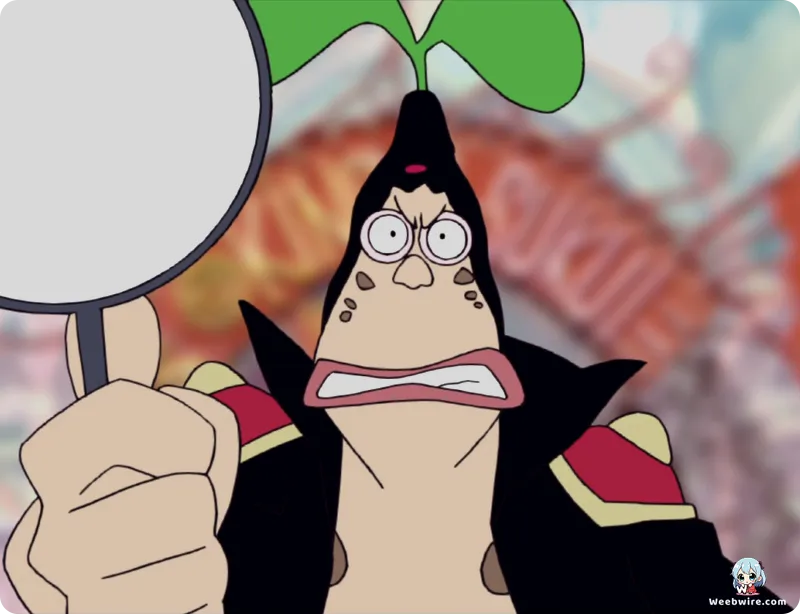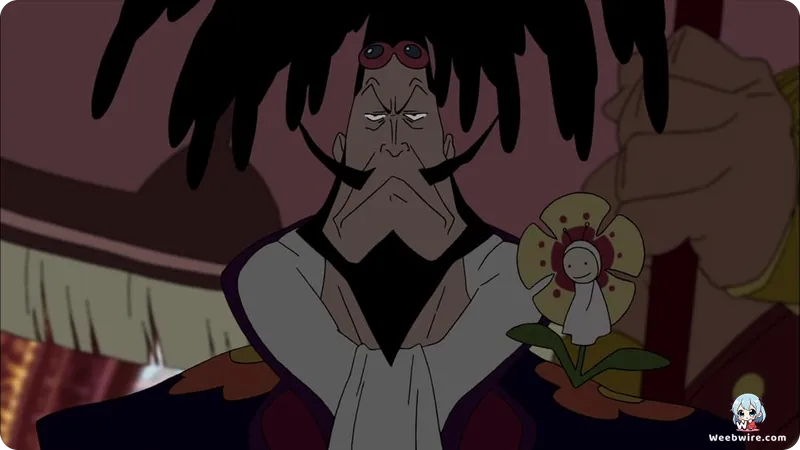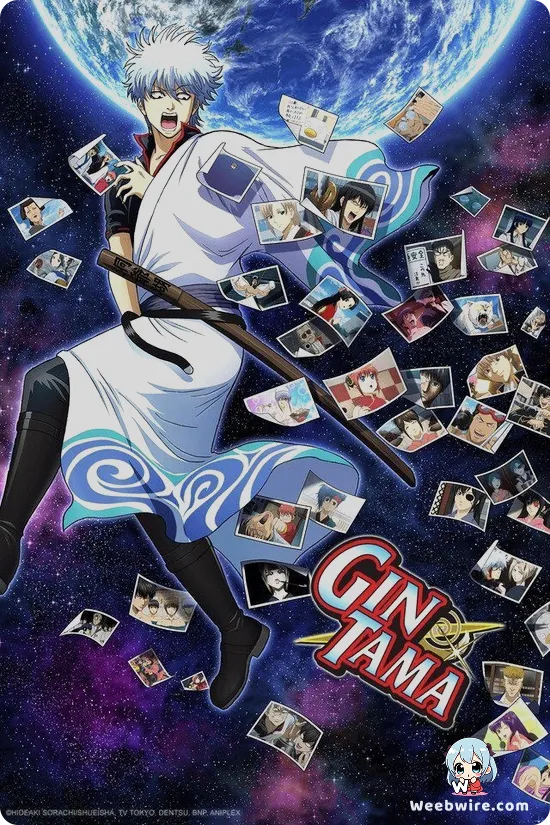One Piece's Darkest Chapter: Mamoru Hosoda's 'Baron Omatsuri' Revisited

Dive into a profoundly unique chapter of the One Piece saga with "One Piece: Baron Omatsuri and the Secret Island." Released in 2005, this sixth feature film stands as a striking departure from the Straw Hat Pirates' typical joyous adventures, largely due to the visionary direction of Mamoru Hosoda, a name now synonymous with acclaimed works like "Summer Wars" and "Belle." Hosoda's influence permeates the film, imbuing it with a distinct psychological depth rarely seen in the beloved franchise.
A Bold Tonal Shift
At its heart, the movie presents a grim, unsettling atmosphere that challenges fan expectations. Unlike other One Piece films, which often deliver straightforward action and triumphant resolutions, Hosoda's narrative delves into themes of distrust, profound loneliness, and the alarming fragility of camaraderie. The Straw Hat crew, usually an unbreakable unit, finds themselves psychologically tormented and slowly fragmented by the enigmatic Baron Omatsuri and his twisted games. This bold tonal shift was a deliberate artistic choice, designed to explore the darker facets of human nature and the intense pressures that can test even the strongest bonds, pushing the boundaries of what a One Piece story could be.
Distinctive Animation and Luffy's Vulnerability
Adding to its unique character is the film's distinctive animation style. While maintaining Eiichiro Oda's core designs, Hosoda's touch is evident in the fluid, almost rubbery movements and expressive, often exaggerated character portrayals. This visual departure, characterized by dynamic camera work and a keen eye for subtle emotional cues, amplifies the psychological tension, making the Straw Hats' descent into paranoia deeply palpable. The visual language frequently borders on the surreal, enhancing its dreamlike, yet nightmarish, quality.

A pivotal element is the unprecedented portrayal of Monkey D. Luffy. Stripped of his usual unwavering optimism, Luffy is shown in a remarkably vulnerable and desperate light, grappling with the potential loss of his nakama and the Baron's insidious manipulation. This raw, emotional depiction of Luffy was a daring move, challenging perceptions of the indestructible captain and powerfully underscoring the profound importance of his crew to his very being. It offered a rare and compelling insight into the character's emotional resilience.
A Cult Classic's Enduring Legacy
The film also incorporates potent symbolism, notably the "Lily Carnation," a parasitic plant thriving on discord and feeding on sorrow—a chilling metaphor for Baron Omatsuri's own despair. Upon its release, the film polarized audiences, with many finding its dark tone jarring. However, over time, it has garnered a significant cult following, celebrated as one of the most artistically daring and thought-provoking entries in the One Piece filmography. It stands as a testament to Toei Animation's creative freedom and Hosoda's ability to infuse a familiar world with his unique artistic voice, proving the One Piece universe could embrace more mature and complex narratives. "One Piece: Baron Omatsuri and the Secret Island" is not just another movie; it's a pivotal moment in the franchise's cinematic history, a dark gem that continues to challenge expectations and offer a profound emotional experience.
Credits
One Piece: Baron Omatsuri and the Secret Island
Author
Eiichiro Oda
Cover Art
Eiichiro Oda
Studio
Toei Animation
Publisher
Shueisha
Producers





